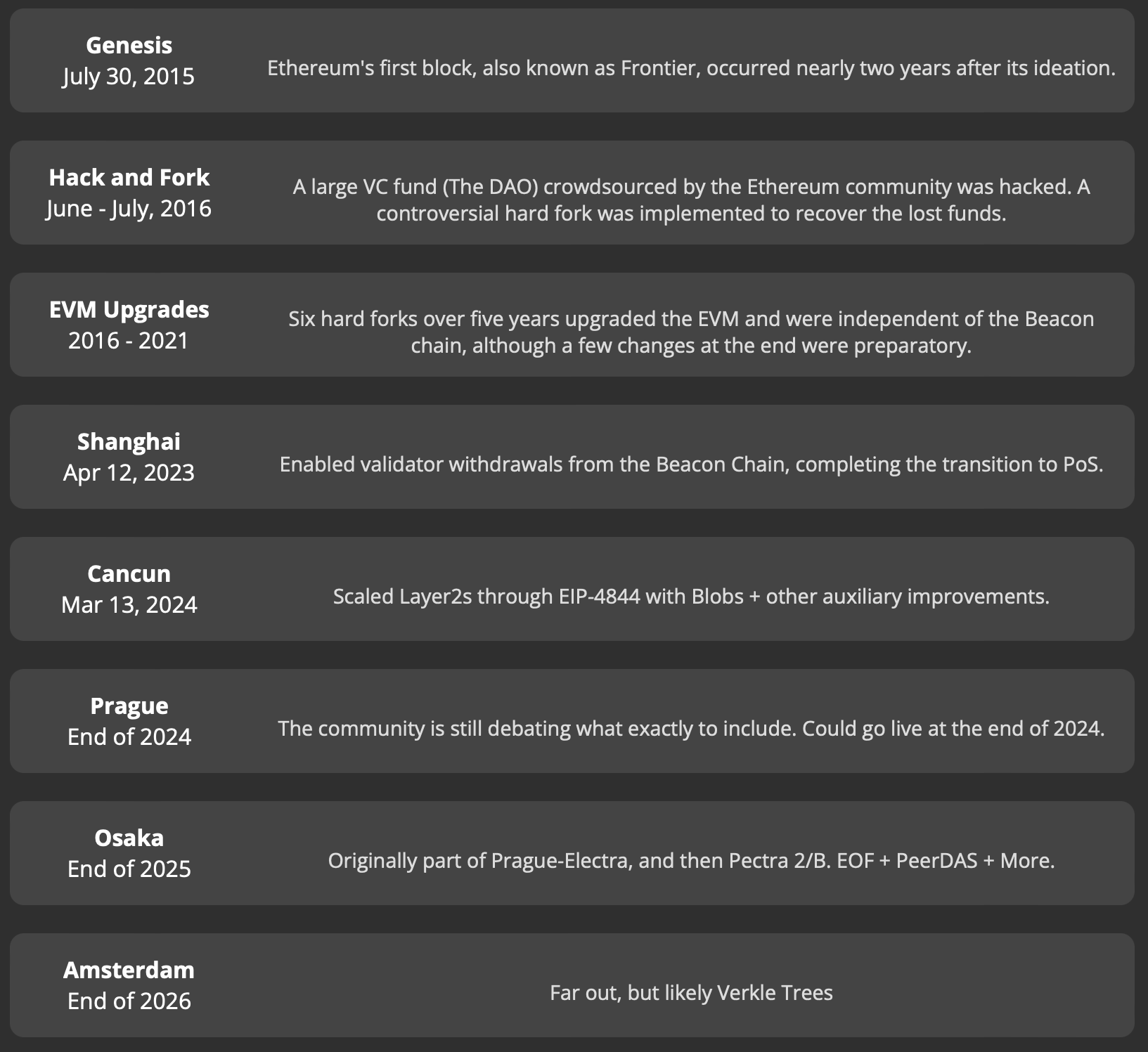The Fusaka upgrade is a multi-phase Ethereum roadmap rollout that tests a 60 million block gas limit and Peer Data Availability Sampling (PeerDAS) on Sepolia to validate performance and data-availability at scale before a mainnet launch expected in December 2025.
-
Sepolia activation tests higher gas limits and PeerDAS for scalable data availability
-
Fusaka is the second phase following Holesky and precedes the Hoodi final trial on Oct. 28, 2025
-
Target block gas limit increase to 60 million and continued reductions in per-transaction cost
Fusaka upgrade tests 60M gas limit and PeerDAS on Sepolia — learn what changes for validators, performance, and the expected December 2025 mainnet launch. Read COINOTAG’s full report.
Published: Oct. 14, 2025. Updated: Oct. 14, 2025. Author: COINOTAG.
What is the Fusaka upgrade?
Fusaka upgrade is Ethereum’s staged protocol update aimed at increasing block gas capacity to 60 million and deploying Peer Data Availability Sampling (PeerDAS) to improve scalability and validator efficiency. The Sepolia testnet activation validates these changes before the planned Hoodi trial and a mainnet release in December 2025.
How does PeerDAS work and why is it important?
PeerDAS shifts data-availability verification from full downloads to probabilistic sampling. Validators request and verify small, randomly selected data pieces from multiple peers rather than storing entire datasets. This reduces storage and bandwidth demands on nodes, enabling larger blocks and higher throughput while preserving decentralization. Projected outcomes include faster syncs and lower long-term hardware requirements for validators.
The upgrade’s engineering aims are supported by client teams at Consensys (Besu and Teku), with protocol engineers Gabriel Trintinalia and Paul Harris highlighting testing efforts to ensure node stability at higher gas limits. The Ethereum Foundation published the Fusaka test schedule on Sept. 26, 2025. Reference: ethroadmap.com (plain text).
How is the Sepolia trial structured?
The Sepolia deployment comprises stress tests for higher block gas limits and PeerDAS under production-like conditions. This phase follows Holesky (activated Oct. 1, 2025) and precedes the Hoodi final testnet trial scheduled for Oct. 28, 2025. Test objectives include validating networking resilience, consensus stability, and measuring node resource usage at 60M gas blocks.
Engineering perspective: can nodes handle 60M gas blocks?
“There was solid engineering work by the client teams to ensure that the current node setups, both in terms of hardware and networking, can reliably handle 60M gas blocks without risking networking instability,” said Gabriel Trintinalia, protocol engineer at Consensys’ Besu client and a core Fusaka developer. Engineers are collecting telemetry on CPU, memory, disk I/O, and peer-to-peer throughput to confirm operational thresholds.
Frequently Asked Questions
When will the Fusaka upgrade reach Ethereum mainnet?
Fusaka is scheduled for sequential testnet rollouts with Hoodi set for Oct. 28, 2025; a mainnet activation is currently expected in December 2025, pending successful testnet results and client readiness. Final timing will be confirmed by the Ethereum Foundation and client teams.
How will Fusaka affect validator hardware and costs?
Validators should see reduced storage and bandwidth pressure thanks to PeerDAS, which lowers per-validator data requirements. However, short-term costs may rise for operators conducting testnet participation and for those upgrading infrastructure to handle larger block processing during the transition.
A brief history of Ethereum upgrades
Ethereum has progressed through multiple major upgrades since launch in July 2015 to improve scalability, security, and economic design. Notable milestones include:
- The Merge (Sept. 2022): Transitioned Ethereum to proof-of-stake, ending mining and reducing energy use by up to 99%.
- Shanghai (April 2023): Enabled withdrawals of staked ETH, completing key proof-of-stake elements for validators.
- Dencun (March 13, 2024): Lowered gas costs; within a year, measured average gas fees dropped by as much as 95%.
- Pectra (May 7, 2025): Introduced multiple improvement proposals, including allowing some externally owned accounts to act more like smart contracts and raising validator staking cap parameters to support larger validator sets (reference: Pectra release notes, plain text).
The Fusaka rollout follows this sequence, emphasizing incremental testnet validation before any mainnet activation.

Ethereum Hard Fork timeline. Source: ethroadmap.com
As blocks grow larger, data-availability strategies like PeerDAS become essential to maintaining decentralization without forcing every validator to store exhaustive datasets. Paul Harris, Fusaka core developer and protocol engineer at Consensys’ Teku client, explained that PeerDAS “changes how data availability is done, enabling scaling beyond what was possible before PeerDAS.”

The Merge. Source: ethroadmap.com
Key Takeaways
- Testnet progression: Sepolia is the second phase after Holesky; Hoodi final trial is Oct. 28, 2025.
- Performance goals: Target block gas limit of 60 million to enable higher throughput and more complex contract execution.
- Validator impact: PeerDAS reduces storage and bandwidth demands, helping validators sustain higher capacity without centralization pressure.
Conclusion
The Fusaka upgrade advances Ethereum’s roadmap by combining a substantial block gas limit increase with PeerDAS to preserve decentralization while improving throughput. With Sepolia tests now live and Hoodi scheduled for Oct. 28, 2025, successful results would clear the path toward a December 2025 mainnet rollout. COINOTAG will monitor telemetry, client updates, and official announcements from the Ethereum Foundation and core developer teams for confirmation and further guidance.
